John Betts House
In the early 1960’s, John Betts’ House, in Rylett Road, was constructed as a 2 storey rectangular building around an enclosed garden. When it opened in 1964, John Betts’ House provided 35 residential flats of which 11 were one bedroom with sitting rooms, the remaining 24 being bed-sits.
A further storey was added in 1992 providing an additional 7 flats and the bed-sits were converted to one bedroom flats with a separate sitting room. As with Sycamore House, there are generous communal facilities.
Click here for photos of John Betts House from our Open Day in February 2020.










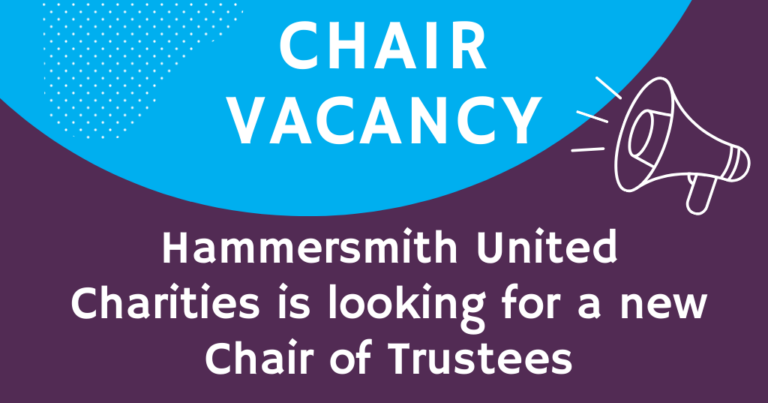

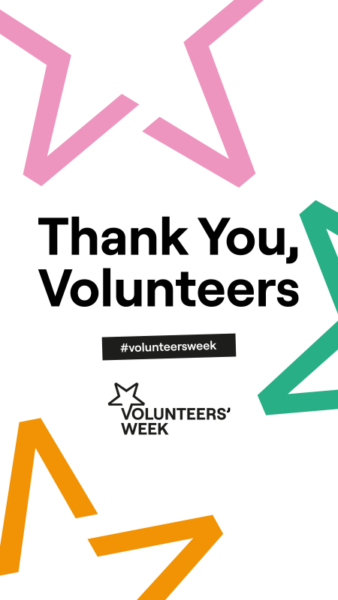 The benefits of volunteering for charities and their clients
The benefits of volunteering for charities and their clients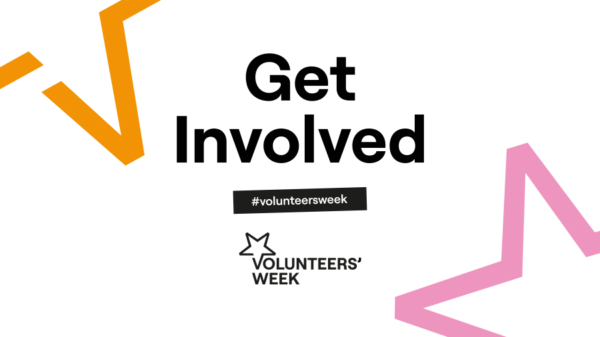
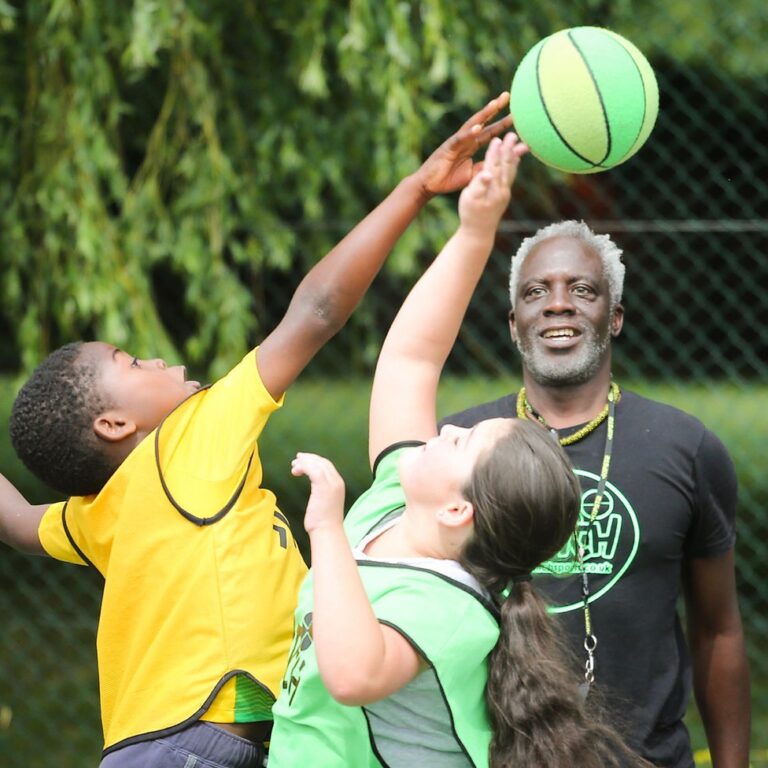
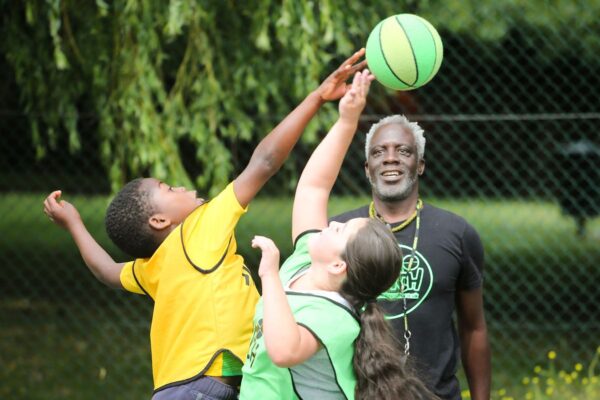



 Wendell Park Primary School has been offering art therapy to pupils in need for almost a decade. The one-to-one sessions are led by Karissa Patel, an art psychotherapist.
Wendell Park Primary School has been offering art therapy to pupils in need for almost a decade. The one-to-one sessions are led by Karissa Patel, an art psychotherapist. As Karissa explains, “Art therapy uses creative processes to help the child to express and explore their thoughts, feelings and experiences, and to understand how their experiences affect everyday connections. It’s a non-judgmental, non-threatening space where the child can figure out who they are and learn to be more compassionate towards themselves.
As Karissa explains, “Art therapy uses creative processes to help the child to express and explore their thoughts, feelings and experiences, and to understand how their experiences affect everyday connections. It’s a non-judgmental, non-threatening space where the child can figure out who they are and learn to be more compassionate towards themselves.